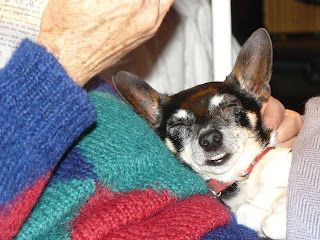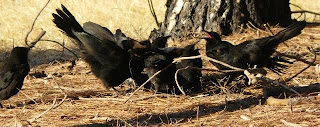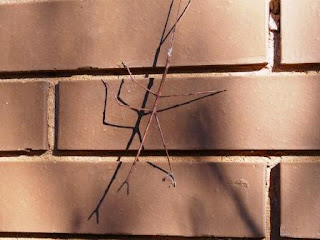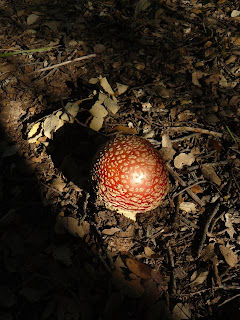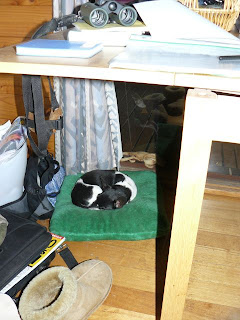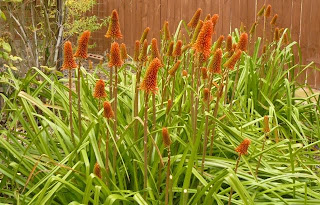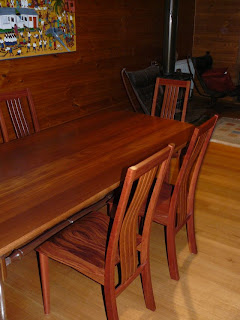I believe that in stories for English kids fairies were often drawn sitting on toadstools, typically a red capped form with white spots. That fungus, Amanita muscaria (or fly agaric) has spread to Australia where is is commonly found under exotic trees such as pines. I had never seen these until, on Sunday, we found some growing in a street in Eltham. However running along Widgiewa Rd this morning I spotted some more and have photographed them for your pleasure. I was going to say 'delectation' but that sounds a too much as though tasting them is an option. Like most Amanita they are poisonous - there is a reason that red is the colour for danger! The first image is of an exposed specimen which is pretty old, judging by the concave cap. This is the most 'dome-shaped one I found. The white spots are remnants of the veil. The insect suggests why they are called 'Fly Agaric' Note the fallen pine needles. This one was well underneath some ve
